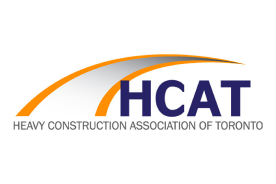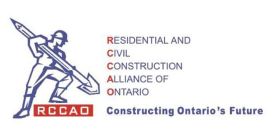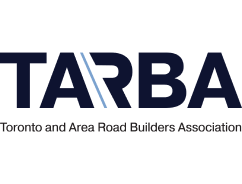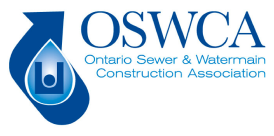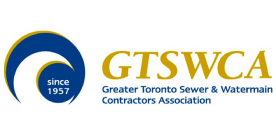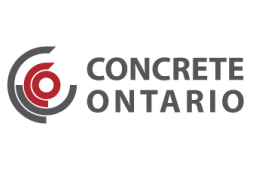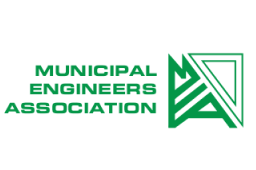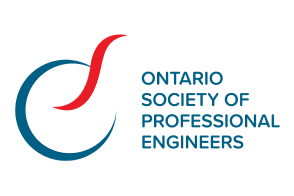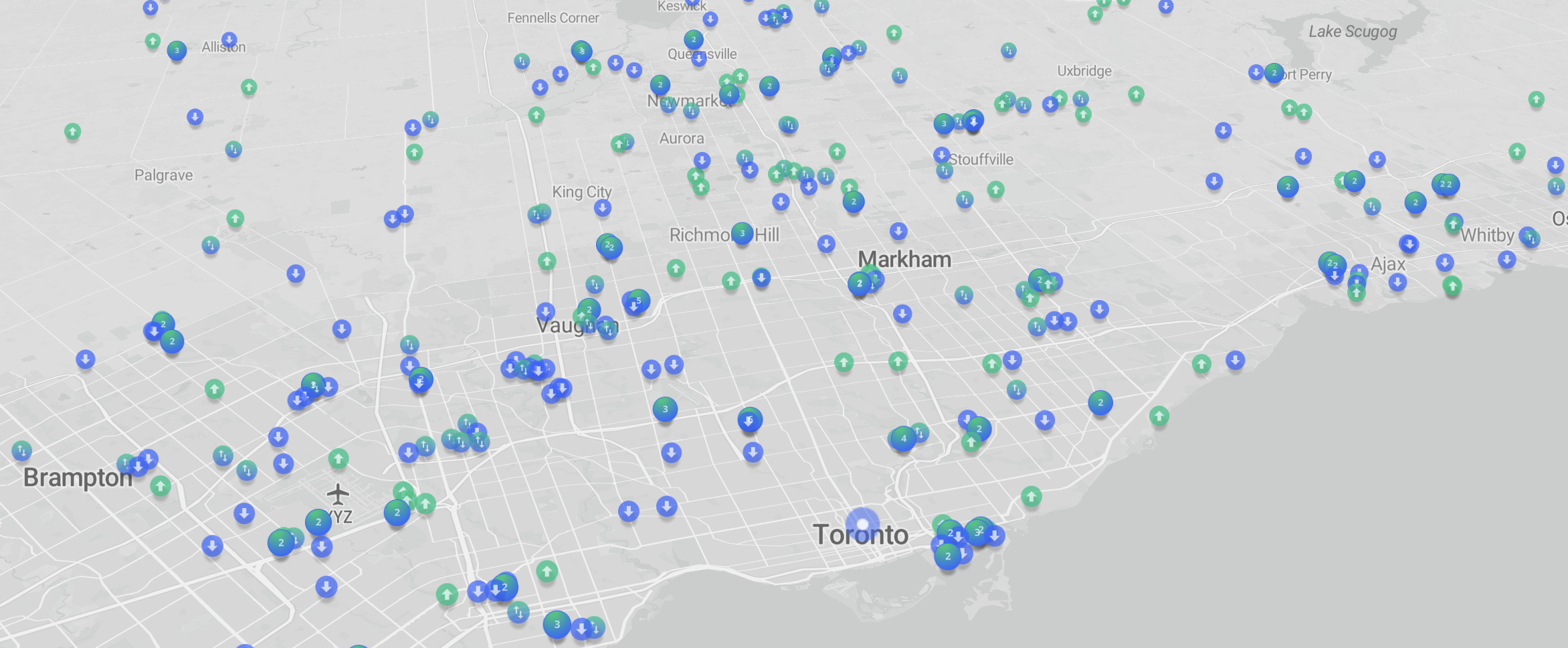Recycled Crushed Aggregate
For more sustainable construction practices
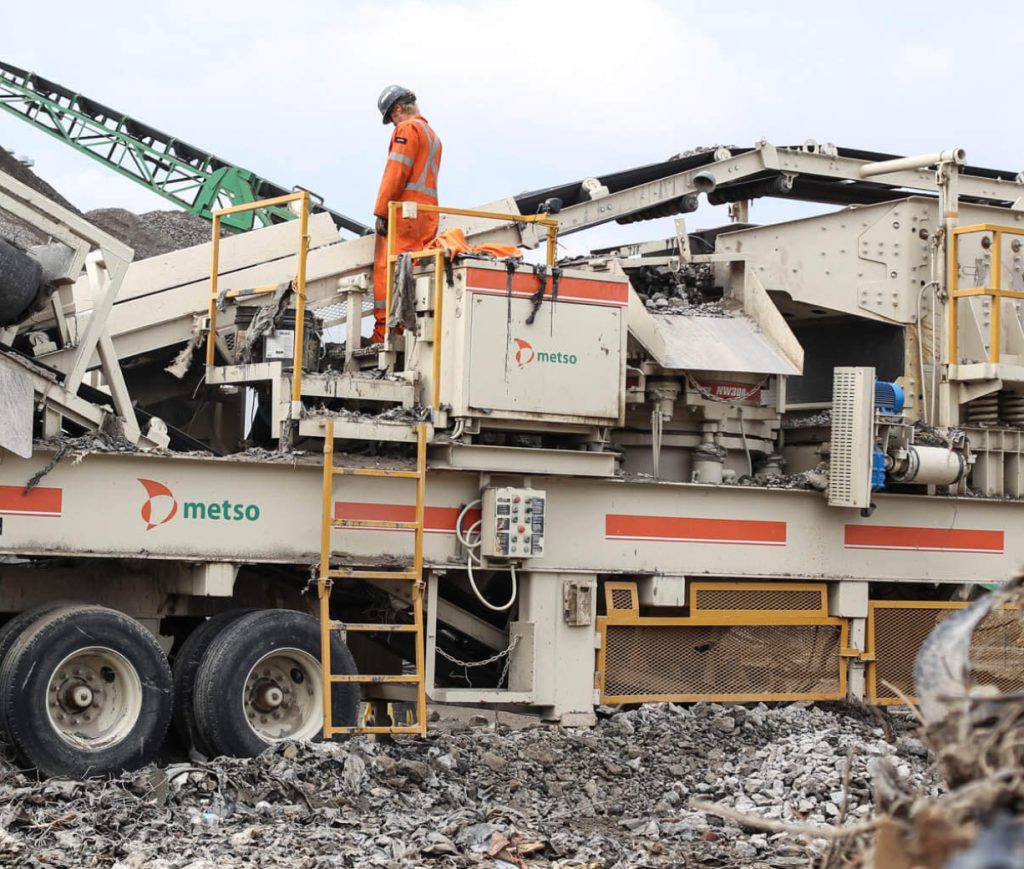
Asphalt and concrete are 100% recyclable and can be reused as valuable construction materials. Recycled Crushed Aggregate (RCA) is asphalt pavement and/or concrete reclaimed from old roads or structures.
The Ontario Provincial Standard Specifications (OPSS1010), jointly administered by the Ontario Ministry of Transportation and the Municipal Engineers Association, set the standards for road construction and materials in the province.
RCA is graded during processing and produced to specifications that provide equivalence to virgin aggregates. RCA is subject to rigorous quality control and best practice processes and is a sustainable product that offers some of the greatest environmental benefits at a low cost.
For Ontario and public project owners to maximize the environmental and economic benefits of RCA, we need to:
- Harmonize and standardize municipal specifications through the OPSS1010 MUNI; and
- Mandate minimum 25% recycled materials, when available, on all linear public infrastructure projects at the municipal, regional, and provincial levels.
180 million tonnes of aggregates are used annually in Ontario,
with more than 50% used in the construction of roadways, bridges, and tunnel infrastructure.
Only 7% or less currently come from recycled sources,
with much attributed to the Ontario Ministry of Transportation.
20% recycling rate by municipalities could avoid extracting up to 33 million tonnes of new aggregate per year in Ontario.
That would result in annual cost savings of $264 million and GHG emission reduction equivalent to taking 15 million cars off the road for a year!
BENEFITS OF RCA
Available
Readily available from construction and demolition activities at closer proximity to new construction projects. If not recycled, this precious resource will end up in landfills.
Economic
Lower direct project costs and wear and tear on roads from heavy truck transport, while building more sustainable infrastructure.
Sustainable
GTHA Aggregate Deficit
The Recycling Process
TARBA’s Quality Control Plan
Upon approval, trucks proceed to an off-loading (dumping) location. The stockpiled rubble material is then placed into a two-stage crusher by a wheel loader. The crusher reduces the size of the rubble pieces to smaller sizes at stage one and to stage two crushing via a conveyor belt.
The crushed and screened material is stockpiled. A separate stockpile containing visually significant amounts of asphalt and asphaltic concrete rubble is kept at the site and the material is added to the crushing of concrete process in limited amounts to comply with the OPSS1010 and gradation requirements. Lab testing of material is periodically conducted to ensure compliance with the specifications.
RCA Examples in Ontario
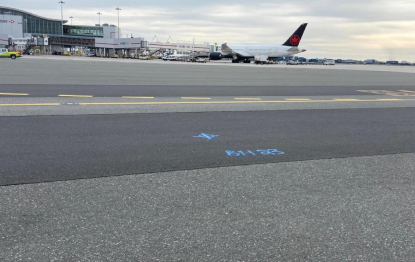
Toronto Pearson Airport Old Terminal 1
In 2006, Greater Toronto Airports Authority set an example of material reuse, recycling and remediation with the demolition of old Terminal One, Canada’s largest demolition contract up to that point.
The concrete rubble from the demolition of T1 structure amounted to 253,000 tonnes and an additional 10,000 tonnes of asphalt, all of which was processed and recycled on site, and then used as the apron’s sub-base holding up the final concrete and HMAC apron structure.
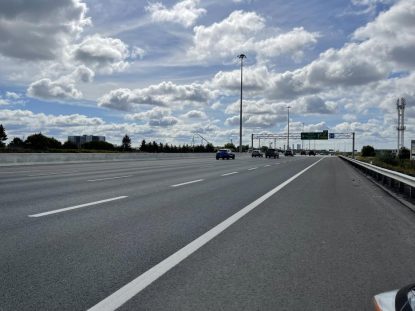
Hwy 400 Widening between Major Mackenzie Dr. & King Road
In 2017, the Ontario Ministry of Transportation used 300,000+ tonnes of RCA as unbound base and subbase, generating $1.2 million in cost savings for taxpayers. The RCA source was less than 10km to the project, significantly reducing the overall carbon footprint and especially greenhouse gas emissions.
Over 10M tonnes per year of recycled aggregate is currently used in the construction and maintenance of the 400-series highways by the Ontario Ministry of Transportation, being an early adopter and leader since the 1970s.
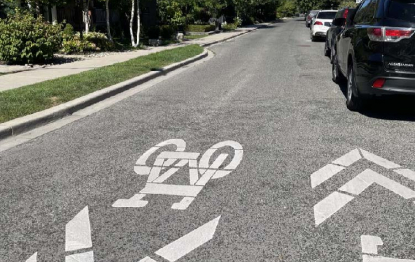
City of Toronto Greenwood Racetrack
The very first usage of RCA as road base material in Toronto’s history was in 2002.
The east half of the former Greenwood Racetrack in Toronto saw the construction of 900 units and five streets, including underground sewers, watermain and other services.
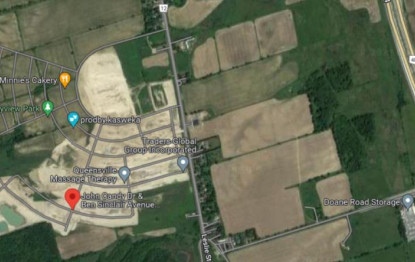
Town of East Gwillimbury
In 2021, the town used 13,230 tonnes of RCA for its Queensville Subdivision Phase 6, generating savings of $152,145 ($11.5/t).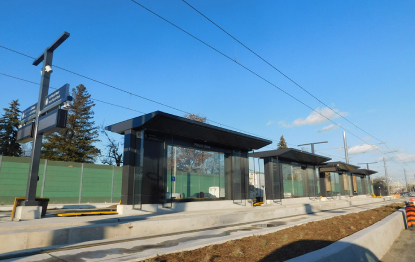
Finch LRT
Beginning in 2019, the construction of Light Rail Transit on Finch Avenue between Humber College Rd to Keele Street used 85,000 tonnes of RCM with no asphalt particles to replace Gran A, generating savings of $510,000 (saving $6.0/t)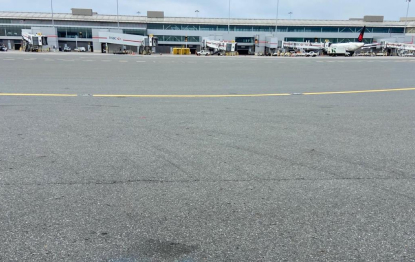
Toronto Pearson Airport Runway
Rehabilitation of Runway 06L/24R, Pearson’s second-busiest runway began in 2022. An estimated 25,000 tonnes of concrete will be diverted from landfills and reused. Concrete from the runway pavement removal will be used as the sub-base and base materials and recycled milling asphalt materials on approach roads in the vicinity of the runway.The GHG emissions savings for every 10,000 tonnes that is recycled instead of newly extracted are equal to:
Industry-wide Support
Aggregate Recycling in Ontario FAQS
Yes, both asphalt and concrete are 100% recyclable. These products can be crushed, cleaned and screened, and reused as valuable construction material.
Every year, tens of millions of tonnes of asphalt and concrete are removed from construction sites across Ontario as roads are repaired, bridges are maintained, and other critical infrastructure is replaced.
RCM (recycled concrete material) and RAP (recycled asphalt pavement) are processed and reused as aggregate – for example in road bases, shoulders and backfill. RAP can also be reused in making new hot mix asphalt.
A total of about 184 million tonnes of aggregate are used annually in the province. New aggregate (from quarries and pits) meets most of this demand. Only about 13 million tonnes or 7% come from recycled sources.
Ontario’s Ministry of Transportation uses about 20% recycled materials in its 400-series highway construction. According to a report by the province’s Environmental Commissioner, Ontario could avoid extracting up to 33 million tonnes of new aggregate a year if a similar recycling rate could be achieved at the municipal level.
In contrast, some other countries use up to 90% recycled aggregate.
The Ontario Provincial Standard Specifications (jointly administered by the Ontario Ministry of Transportation and the Municipal Engineers Association) set the standards for road construction and materials in the province. Despite Ontario’s provincial standards, municipalities have discretion in the implementation of these standards and in their local policies. As a result, practices can vary widely by municipality, even in an economically significant region as the Greater Toronto Area, with many choosing to prohibit or severely limit the use of recycled aggregate in road construction and other public works.
This is especially problematic because, collectively, municipalities are the largest consumers of aggregate in the province, using between 60 and 70 million tonnes a year.
They may not be familiar with the facts about recycled aggregate or lack experience. As long as the recycled asphalt and concrete conform to OPSS1010, municipalities can be confident that these materials will meet all performance requirements and quality expectations. As responsible owners, they should also do their own quality assurance testing to confirm quality.
If not recycled, these valuable materials end up in our landfills, further exacerbating existing capacity issues. If recycled, but not used, these products end up being stockpiled in growing mountains of urban rubble or, once again, dumped in landfill. Either way, that’s a terrible waste of a precious resource.
By using more recycled aggregate, which is located close to major construction projects, the need to haul new aggregate from distant quarries is dramatically reduced. This substantially lowers energy consumption and greenhouse gas emissions. It also:
- Keeps aggregates out of the waste stream.
- Reduces pressure to develop and expand pit and quarry operations.
- Results in lower project costs and building more sustainable infrastructure.
Municipalities and other project owners should consider sustainability as part of the initial project design, including in their tenders the ability for contractors to use recycled materials that meets OPSS1010 specifications.
The Ontario Provincial Standard Specifications (jointly administered by the Ontario Ministry of Transportation and the Municipal Engineers Association) set the standards for road construction and materials in the province. OPSS1010 allows aggregate used in road bases, shoulders and backfill to be composed of up to 100% recycled concrete and up to 30% recycled asphalt. Hot mix asphalt can contain up to 30% recycled asphalt pavement.
